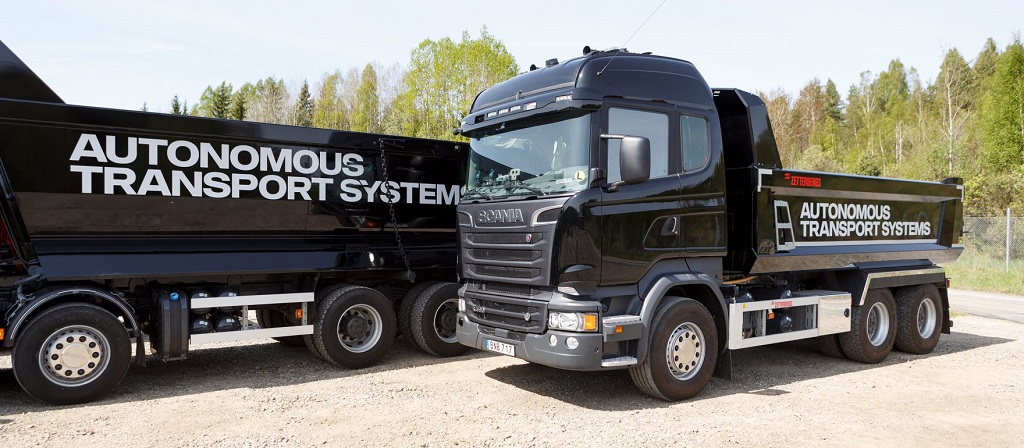Scania is to play a key role in new research dedicated to finding a holistic approach to autonomous driving by 2020.
The project, known as ADAS&ME, is a Euro 9 million EU-funded research programme, involving 30 partners from 11 different countries. The focus of the research is how human users interact with autonomous vehicles.
Work begins in September, and will be led by Sweden’s National Road and Transport Research Institute (VTI). Scania is to play a leading role alongside the likes of car manufacturer Ford and car safety systems company Autoliv.
System that monitor driver behaviour
Unlike previous research, including Scania’s own impressive work on autonomous driving solutions, the focus of this particular research is the driver, and in particular how the user interacts with the autonomous vehicle. Researchers are to develop systems that can detect when the driver is tired, ill or under the influence of strong emotions – such as anger – that can affect the ability to drive.
Among the technologies that will be trialled are sensors that can detect how dilated the user’s pupils are, changes to their body temperature and changes to the direction of the driver’s gaze.
Scania’s role:
Scania’s role is to showcase the results of the project in one of the five key demonstrations. Within their Long-Haul Trucking demonstrations, Scania will present new solutions for establishing a safe, efficient, and trustful relationship between drivers and their trucks.
It’s this ‘human touch’ to the technology which excites Stas Krupenia, the Cognitive Engineer who has played a leading role in Scania’s two years of preparations for the start of the programme.
“We have systems now that help us to conserve fuel, to protect the environment, and to avoid obstacles in the road, but until now, the human component of autonomous driving has not been given sufficient consideration. This research will help us to find out the capability and constraints that people have as they relate to the technical system.”
HELPING THE DRIVER TRUST THE TECHNOLOGY
Some might ask whether the whole point of autonomous driving is to take away the need for human intervention, but Stas turns the question on its head.
“Scania considers the human to be a key player in proficient autonomous driving solutions. There’s still a person in there, and this is about giving the user better support when it is needed.”
“You have to be able to trust the technology to which you are delegating responsibilities. People have to be able to intervene if necessary, but if the system is not communicating properly with the human driver, then the driver might not trust the decision the vehicle is making and choose to intervene at what is potentially a wrong or unsafe moment.”
HORIZON 2020
For Anna Anund, head of research at VTI, the capabilities of autonomous driving solutions are not in doubt – it’s about how we understand and interact with them.
“It’s not the technology that is the concern. The big thing is to find out how technology affects humans,” says Anna Anund.
The final demonstration of the technology will come in 2020 at the Idiada test track near Barcelona, Spain, which will mark the fulfilment of the Horizon 2020 project.
And, as it has already shown with its own research into autonomous trucks, Scania is once again at the forefront of this brave new world of autonomous, sustainable transport.





